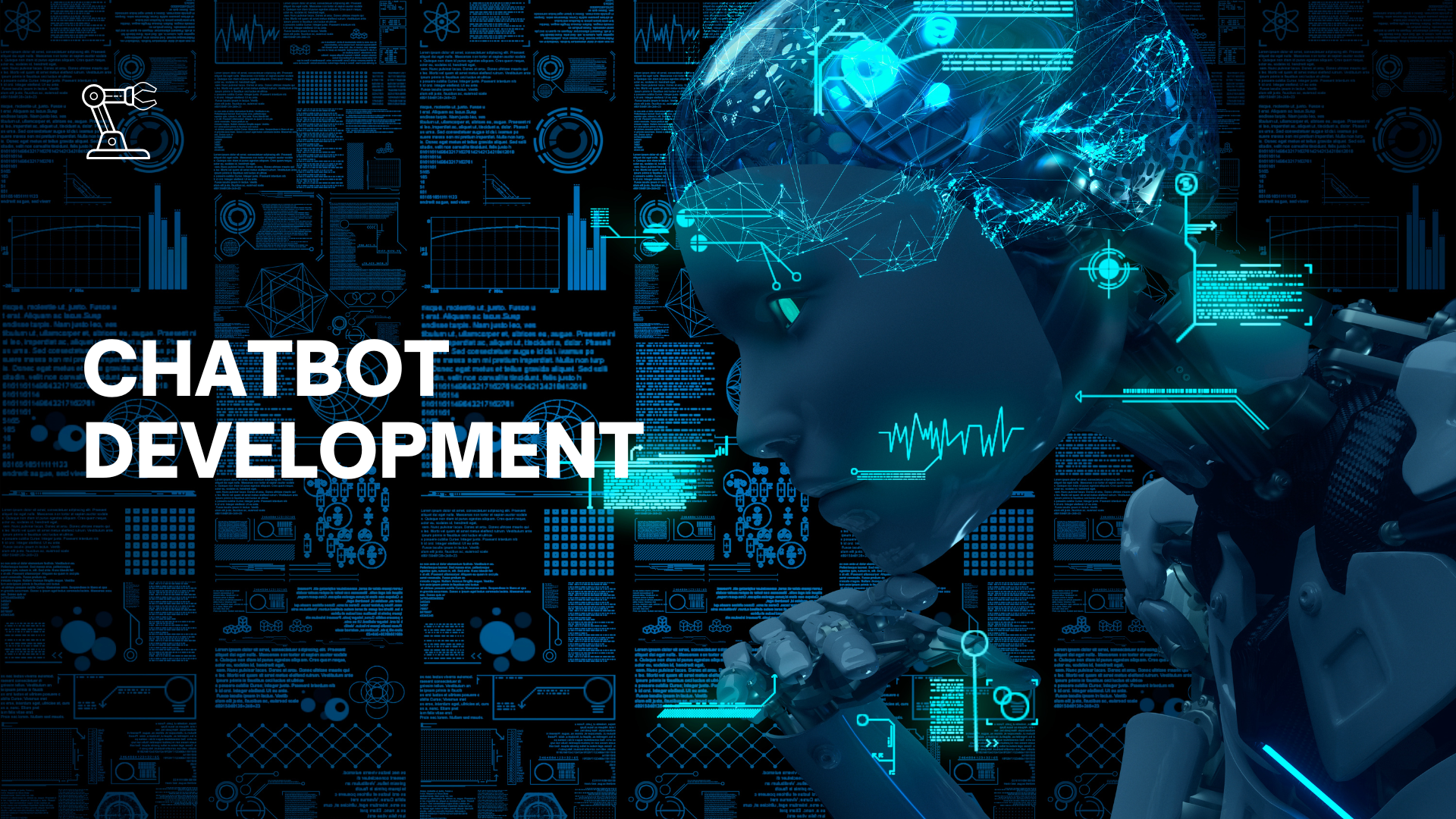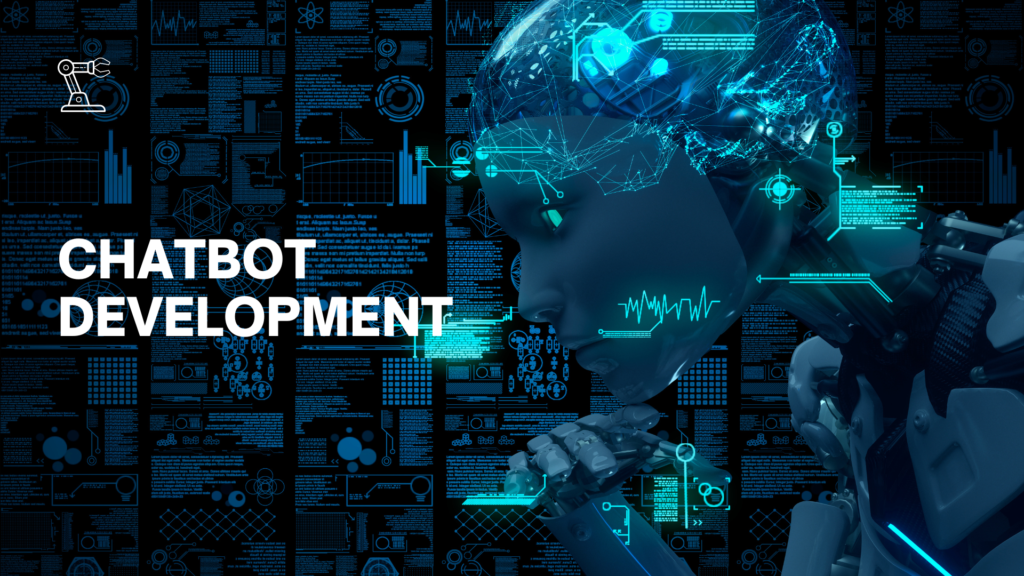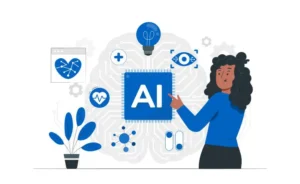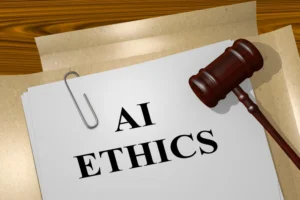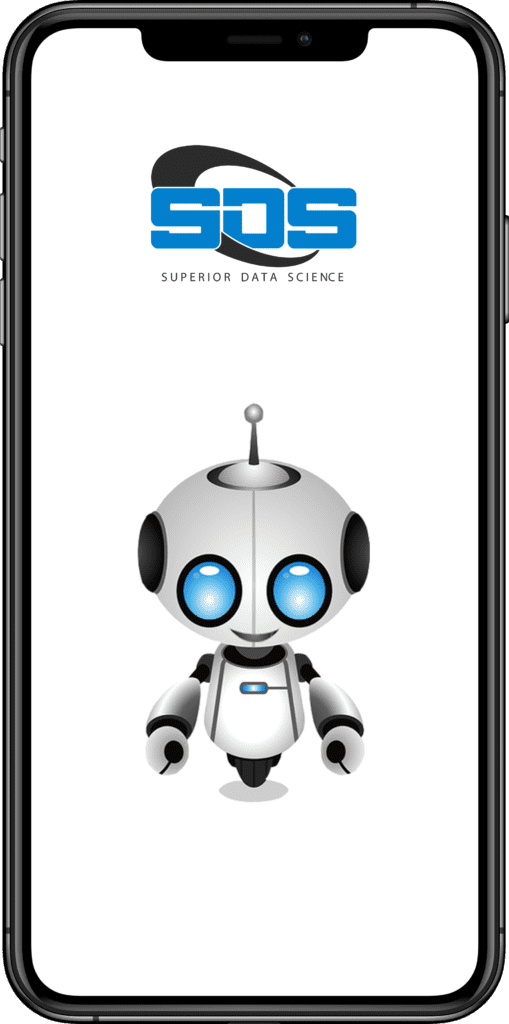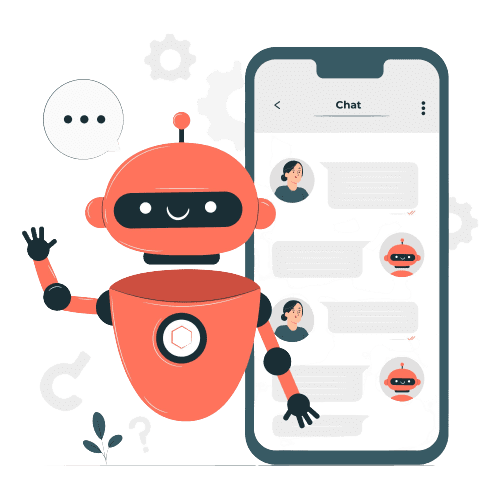In today’s fast-paced digital world, chatbots have become an indispensable tool for businesses looking to provide efficient and round-the-clock customer support. They offer a seamless way to interact with customers, answer their queries, and even execute tasks autonomously. Behind the scenes, “How we have used NLP and ML in chatbots” is the driving question that shapes our exploration of these intelligent systems, as Natural Language Processing (NLP) and Machine Learning (ML) are the driving forces that make chatbots smart and effective.
Understanding NLP and ML:
Before delving into the applications of NLP and ML in chatbots, let’s briefly understand what these technologies entail.
a. Natural Language Processing (NLP):
NLP is a field of artificial intelligence that focuses on enabling machines to understand, interpret, and generate human language. It involves tasks such as text analysis, sentiment analysis, language translation, and speech recognition. NLP is essential for chatbots, especially for chatbot development companies, as it enables them to comprehend and respond to user queries in a human-like manner.
b. Machine Learning (ML):
ML, on the other hand, is a subset of AI that allows systems to learn and improve from experience without being explicitly programmed. Chatbot development companies use ML algorithms to adapt and refine their responses based on the data they receive and the interactions they have with users. This leads to chatbots that become more effective over time.
The Role of NLP in Chatbots:
1. Intent Recognition:
NLP, a critical component of chatbot development services, helps chatbots understand the intent behind user messages. By analyzing the words and phrases used, chatbots can determine what the user wants, whether it’s information, assistance, or a specific action.
2. Sentiment Analysis:
NLP, an essential feature of chatbot development services, enables chatbots to gauge the sentiment of user messages. This is crucial for providing personalized responses and for identifying and diffusing potentially negative interactions.
3. Language Understanding:
Chatbot development platforms coding enables chatbots to support multiple languages and dialects, thanks to NLP. This widens their user base and makes them accessible to a global audience.
4. Contextual Understanding:
NLP, along with chatbot development platforms coding, helps chatbots maintain context throughout a conversation. This means they can remember previous messages and use that information to provide more relevant responses. This is especially important for complex interactions.
5. Text Summarization:
NLP techniques like text summarization can be used to condense lengthy text inputs, making it easier for those looking to develop chatbot from scratch to understand and respond to user queries effectively.
The Role of ML in Chatbots:
1. Continuous Learning:
ML algorithms enable chatbots to learn from each interaction, allowing those aiming to develop chatbot from scratch to adapt to changes in user behavior and preferences, providing increasingly accurate responses over time.
2. Personalization:
ML allows chatbots, especially those developed by chatbot development companies, to personalize their responses based on user data and historical interactions. For example, a chatbot for an e-commerce site can recommend products based on a user’s browsing and purchase history.
3. Natural-sounding Responses:
ML, especially when leveraged by chatbot development companies, can be used to generate responses that sound more human-like. This is achieved through training the chatbot on vast datasets of human conversations, allowing it to mimic natural language patterns.
4. Anomaly Detection:
ML models, often employed by chatbot development companies, can detect unusual or potentially malicious behavior, helping to protect chatbots from spam, fraud, and abusive interactions.
Real-World Applications:
Now that we understand the roles of NLP and ML in chatbots, let’s explore some real-world applications.
1. Customer Support:
Chatbots are widely used in customer support, particularly in chatbot development services, to handle routine inquiries and provide instant assistance. NLP helps them understand customer questions, while ML ensures that their responses are accurate and improve with time. This not only reduces response times but also frees up human agents to focus on more complex issues.
2. Virtual Assistants:
Virtual assistants like Siri, Alexa, and Google Assistant, often developed with the expertise of chatbot development services, rely heavily on NLP and ML. They understand voice commands, process natural language queries, and even anticipate user needs based on past interactions. These capabilities are made possible through continuous learning and advanced NLP techniques.
3. E-commerce:
In e-commerce, chatbots, often powered by chatbot development platforms coding, assist customers in finding products, tracking orders, and making purchase decisions. They can also provide personalized product recommendations, improving the overall shopping experience. NLP helps them understand customer preferences, while ML fine-tunes these recommendations.
4. Healthcare:
Chatbots in healthcare, often implemented with the assistance of chatbot development platforms coding, help patients schedule appointments, obtain information about medications, and even monitor their health. NLP is vital for understanding medical terminology, and ML assists in providing accurate medical advice based on symptoms and historical data.
5. Finance:
In the financial sector, chatbots can provide account information, help with budgeting, and even execute simple financial transactions. NLP and ML, especially when you aim to develop chatbot from scratch, ensure that they can understand financial jargon and securely handle sensitive information.
Challenges and Future Developments:
While NLP and ML have significantly improved chatbot capabilities, challenges remain. These include:
1. Data Privacy:
Handling user data responsibly is crucial. Chatbots must adhere to strict privacy regulations and protect sensitive information.
2. Bias and Fairness:
Chatbots can inadvertently perpetuate biases present in their training data. Efforts are underway to develop more fair and unbiased algorithms.
3. Complex Conversations:
Handling complex and multi-turn conversations still poses a challenge. Chatbots are continually improving in this regard but have room for growth.
In the future, we can expect even more sophisticated chatbots that seamlessly blend NLP and ML, providing users with highly personalized and context-aware interactions. Additionally, advancements in conversational AI may lead to chatbots that can engage in more natural and human-like conversations.
Conclusion:
NLP and ML, especially when you aim to develop chatbot from scratch, are the driving forces behind the success of chatbots in various industries. They enable chatbots to understand user intent, provide personalized responses, and continually improve their performance. As technology continues to advance, we can anticipate chatbots becoming even more integral to our daily lives, offering more sophisticated and human-like interactions. The future of chatbots is indeed an exciting one, driven by the power of NLP and ML.
